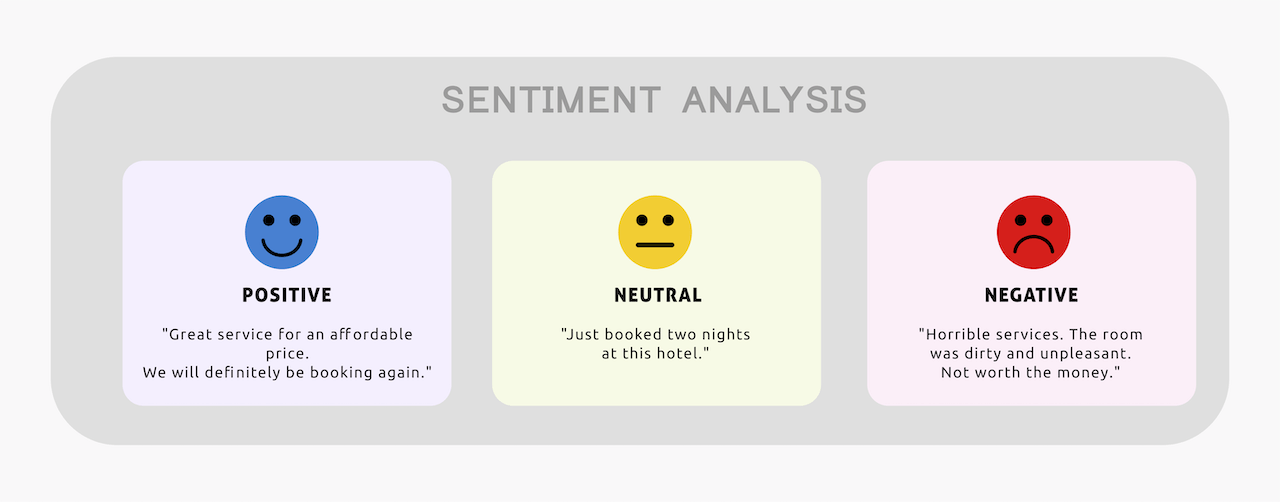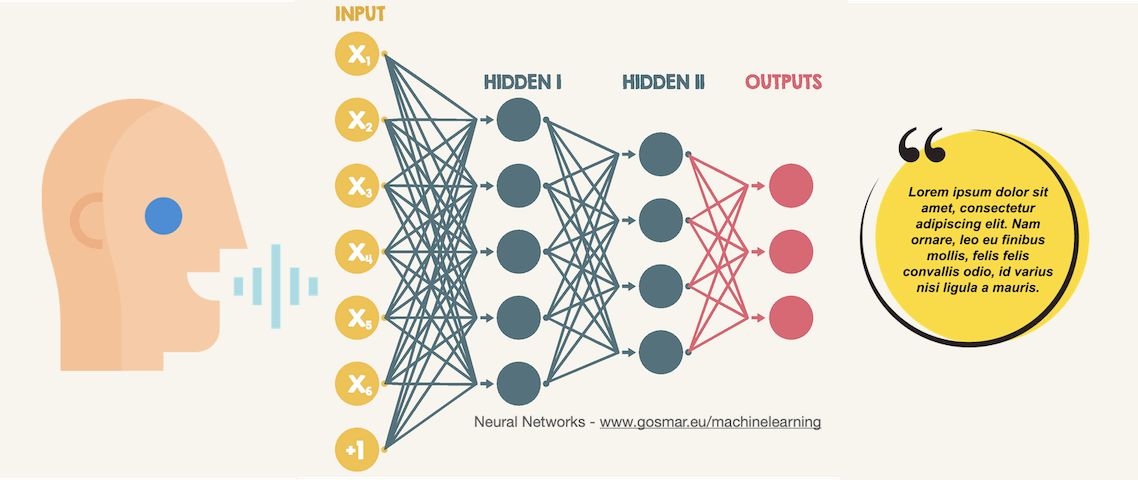We described in one of the previous posts how to use convolutional neural networks, in order to perform speech recognition related to simple numbers from zero to nine.
In practice, speech recognition has superior performance by adopting particular neural networks called Recurrent Neural Networks, or simply RNNs.
Unlike “simple” feed-forward neural networks, RNNs process as input both the data currently provided as such, plus some of the output data provided retroactively. This allows them to work “with memory“.
Continue reading “Recurrent Neural Networks for Sentiment Analysis”



